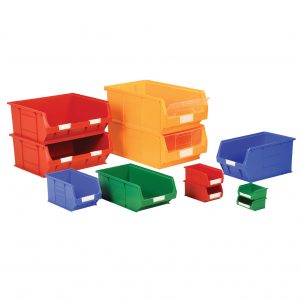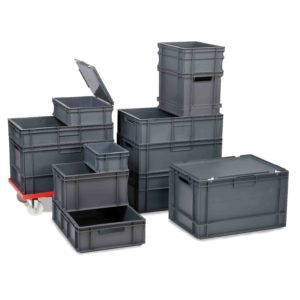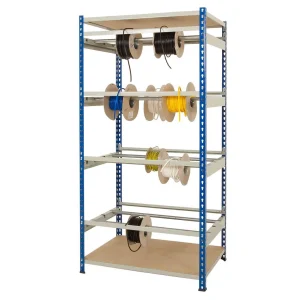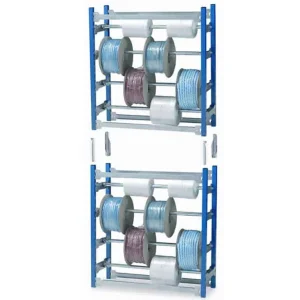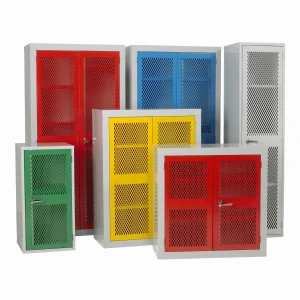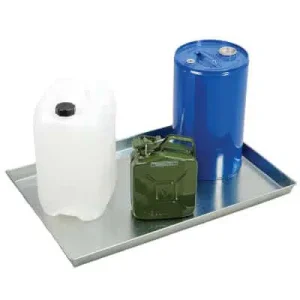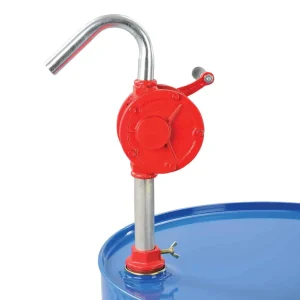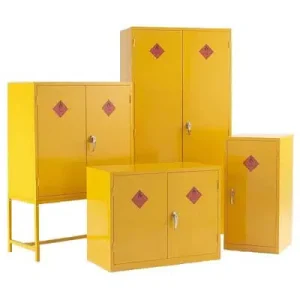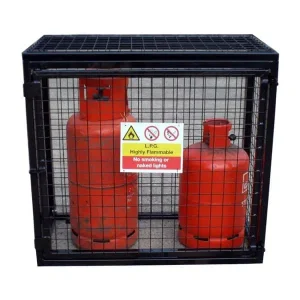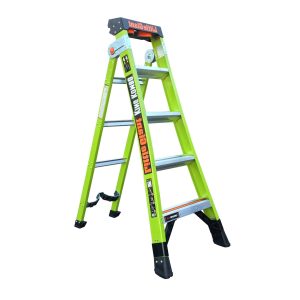
You are likely to see many warning signs when walking around a construction site, factory, or any other kind of industrial or heavy-duty commercial space. Warning symbols can help to protect people in areas where working with hazardous substances is an essential part of daily operations. Hazardous materials include many substances like fuel, chemicals and waste. But how do you identify these health hazards? When you see warning signs and hazard symbols, how do you know what they mean?
Read on to find our easy-to-understand guide, which illustrates each of them with a picture and explanation of the main hazard symbols and meanings. These are the symbols commonly seen in the UK, which is enforced by the Health and Safety Executive (HSE) and legislated by the Control of Substances Hazardous to Health (COSHH) Regulations 2002.
The COSHH hazard symbols include:

Explosive Substances
During risk assessments in the workplace, an important consideration is whether a substance could react with another substance or external force and cause an accident. Substances such as oil, gas, or other pressurised containers can be highly volatile and explode under certain circumstances, such as in the event of a fire, so it is vitally important that any potentially explosive substances carry the symbol.
Of all the health and safety hazard pictograms, ‘explosive’ is arguably the easiest to recognise; it illustrates an exploding bomb. You can often see this symbol on a container, canister, or drum.
Flammable Substances
Many commonly-used substances are flammable, and may or may not have explosive properties as well. Fire is one of the most frequent accidents in a number of different settings, including laboratory, chemical and research, or science environments. For example, engineers often have to deal with fire when testing engines. As a result, it is one of the leading long-term health risks of the profession.
Although COSHH is for the UK, different jurisdictions may have slightly different images. However, this is one of the most recognisable hazard symbols, resembling a burning flame.


Oxidising Substances
Oxidising hazards are quite specific to industrial settings; they tend to occur mostly in chemical manufacturing and other heavy industries, such as oil and gas. Oxidising substances might become explosive when mixed or after exposure to organic materials. Oxidising hazards can also be fire risks and may be capable of polluting the environment if disposed of incorrectly.
This might be the hardest of all the hazard symbols to recognise; it is a circle over a flame. You can think of the circle as the letter ‘O’ for ‘oxidising’, which may help you to remember.
Corrosive Substances
Corrosion can damage the materials of many otherwise strong structures, including everything from metal ladders to steel bridges. Corrosive substances often disrupt public pipe systems as they eat away at the metal and cause leaks, so substances like this will carry the corrosion symbol to warn people that they may be unsafe. Corrosion can also burn or otherwise damage the skin.
As most of the corrosive hazard symbols will relate to chemicals, they feature a test tube being poured onto both a surface and bare hands. Corrosive substances always require proper gloves.


Acutely Toxic Substances
When you are dealing with substances that could potentially kill a person, animal or even plant material should they be ingested, then they are considered by the HSE to be acutely toxic. There are many harmful substances people work with that could potentially be inhaled, swallowed, or even absorbed into the blood through the skin, such as strong chemicals and compressed gases.
You will see the bold skull and crossbones COSHH symbol on many cylinders, oil drums and other containers. It is one of the easiest meanings to recognise of all the hazard symbols.
Substances Hazardous to the Environment
Many substances are very hazardous to the environment, causing environmental pollution to natural areas such as rivers and the wildlife that inhabit these locations. Substances that are hazardous to the environment will not necessarily be volatile. For example, certain cooking oils can affect the water quality of a river but will be perfectly safe and are even consumed by humans as food.
This hazard symbol is not the most obvious, but if you look carefully you can see a tree shape and a fish shape, which is belly up in the water.


Substances Hazardous to Health and the Ozone Layer
Some substances are dangerous to a person’s health or can damage the ozone layer if they are released. The most notable type of substances covered by this hazard symbol are aerosols, gases and other substances with airborne particles. These symbols are common in the production of materials like plastic, where hazardous gases can be produced that need to then be disposed of.
This is possibly the most difficult-to-interpret hazard symbol on the entire list, as it is simply an exclamation mark. You can often see this inscrutable symbol on the side of many gas cylinders.
Substances That Are a Serious Health Hazard
A ‘serious’ health hazard is defined in the HSE’s published guidance as a substance that can be instantly fatal if ingested, or that can cause long-term health effects. Examples include many chemicals that are either found in powder or semi-solid forms, airborne fumes and pressurised gases. A serious health hazard can potentially cause cancer and genetic abnormalities after exposure.
This is one of the most interesting hazard symbols, featuring a person’s outline and a star shaped centre radiating from within. This is to show how exposure can affect the whole body.


Gas Under Pressure
There is probably no more obvious among the many hazard symbols and meanings than the symbol of a gas cylinder under pressure. Unsurprisingly, you can see them on gas cylinders most frequently. However, certain equipment that uses pressurised gas to function will feature this hazard symbol, too. Gas under pressure may also be explosive, flammable or a health hazard.
The symbol is self-explanatory; it is a sideways-leaning gas cylinder and is common on fire extinguishers and in many laboratory settings where chemicals or gases are in constant use.
Hazard Symbols and Meanings Explained
There you have a simple guide to the various hazard symbols, as set by the HSE under the COSHH regulations. These symbols are often seen on individual containers of substances, as well as on the outside of storage units containing them. Proper signage is a legal requirement and the HSE has enforcement powers, as it is an official government agency.
We sell many industrial and commercial products at very low prices and with free UK mainland delivery, so we understand the nature of the COSHH hazard symbols as set by the HSE. Browse through our incredible online shop and buy some COSHH storage cabinets to securely keep all sorts of hazardous substances to the standards set by UK legislation.
Getting the right product at the right price can be a challenge, which is why we offer a low-price promise on all of our amazing storage solutions. We understand that getting the best product at the best price is important for many commercial and industrial operations, so we will do everything we can to make it affordable for you. If you have any product questions, please get in touch with us.
